27 Jul
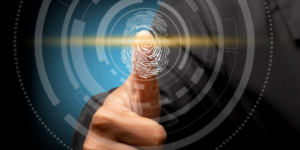
In a digital world where safety’s key,
Biometric authentication, let’s see.
It offers a lock that’s hard to break,
But let’s dive in, the pros and cons we’ll take.
First, the pros, they’re clear and bright,
Enhanced security, a welcome sight.
Unique traits like fingerprints or face,
Make it tough for intruders to trace.
Convenience follows, a handy feat,
No need for passwords, no need to repeat.
Just a scan of your unique part,
Saves time and effort, a fresh start.
User-friendly, it’s for all to use,
No tech wizardry to confuse.
From young to old, it’s a breeze,
Authentication made with ease.
Fraudsters deterred, the risk is low,
Impersonation’s a hard blow.
With biometrics, identities stay true,
Fraud and theft, they bid adieu.
In the current digital era, where security and convenience go hand in hand, biometric authentication has become a widely used technique for identity verification. However, it has benefits and drawbacks of its own, just like any other technology, which you should be aware of before committing to it.
Pros:
Enhanced Security: By employing distinctive physical traits like fingerprints, facial features, or iris patterns for identification, biometric authentication provides an additional degree of protection. Biometric characteristics are harder to copy than passwords or PINs, which makes it more difficult for unauthorised users to obtain access.
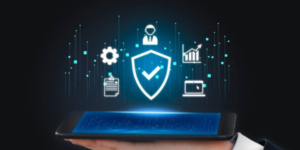
Convenience: The convenience of biometric authentication is one of its main advantages. Users can authenticate themselves by simply scanning their fingerprints or looking into a camera, eliminating the need to remember and type in passwords. This minimises the possibility of forgotten passwords or locked accounts in addition to saving time.

User-Friendly: People with disabilities or age-related limitations who may find it difficult to use traditional authentication methods will find biometric authentication to be extremely user-friendly. A broad spectrum of users can utilise the process because it is simple to understand and doesn’t require any specialised technological knowledge.
Decreased Fraud: Biometric authentication can dramatically lower the number of fraud and identity theft cases by utilising distinct biological traits. The risk of fraudulent activities is reduced because imposters are less likely to successfully impersonate someone else due to the difficulty of forging or stealing biometric traits.
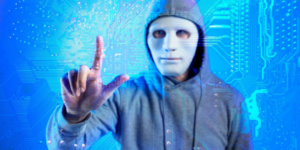
But wait, let’s pause, and shift the view,
For every bright side, there’s a shadow too.
Privacy concerns, they loom large,
Data protection, we must discharge.
Lack of standardization, it’s a hurdle,
Different systems, a tech maze to curdle.
Not all devices sing the same tune,
Interoperability, like a dark monsoon.
Inaccuracy creeps, a slight dismay,
False positives, they come to play.
Environmental factors, they cast a spell,
Accuracy wavers, at times, it’s farewell.
Cost, oh cost, it’s not a joke,
Implementing biometrics can make wallets choke.
From scanners to software, the bills accrue,
A hefty investment, for me and you.
So there you have it, the tale of two sides,
Biometric authentication, where promise abides.
With security, convenience, and user delight,
But mindful of pitfalls, we tread with foresight.
Cons:
Privacy: Regarding biometric authentication, one of the main issues is privacy. The gathering and retention of biometric data prompts concerns about information use, access, and security against misuse or unauthorised access. Additionally, there’s a chance that biometric information will be compromised or released, leaving people vulnerable to identity theft and other types of abuse.
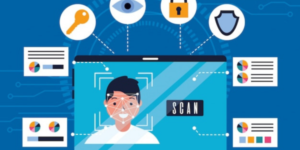
Lack of Standardisation: The lack of standardisation among various systems and devices is another disadvantage of biometric authentication. The accuracy and dependability of biometric scanners varies frequently, and not all devices support the same biometric modalities. When users experience compatibility issues, this may result in interoperability problems and frustration.
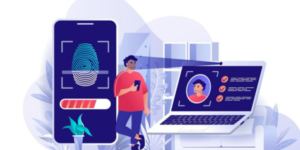
Inaccuracy: Biometric authentication is not infallible, despite its general dependability. The accuracy of biometric systems can be impacted by elements such as low image quality, environmental factors, or alterations in an individual’s biometric characteristics as a result of an injury, disease, or ageing. It is possible for there to be false positives and false negatives, which could result in security breaches or access denials.
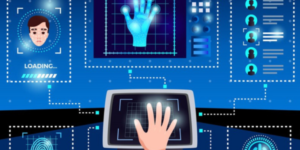
Cost: Putting in place biometric authentication systems can be costly, particularly for companies or organisations that have a lot of these systems to set up. For some, it will require a sizeable investment due to the high cost of biometric scanners, software development, system integration, and continuous maintenance.

Conclusion:
The security and usability issues with conventional authentication techniques have a potential remedy in biometric authentication. Its improved security, practicality, and ease of use have the potential to completely change how we verify identities in a variety of situations, from accessing sensitive data to unlocking smartphones.
However, it’s critical to approach biometric authentication cautiously and cognizant of any potential disadvantages, such as cost, inaccuracy, lack of standardisation, and privacy issues. We can optimise the advantages of biometric authentication while reducing its risks by resolving these problems and putting in place the necessary safeguards, guaranteeing a more secure and safe digital future for everybody.
